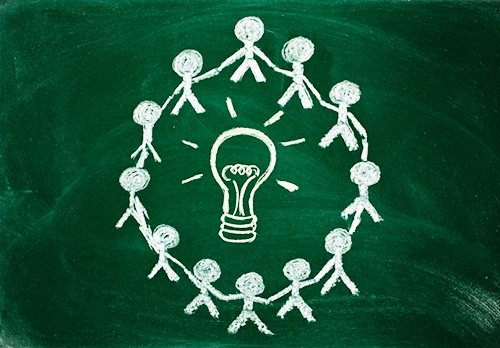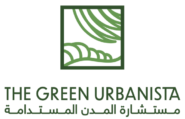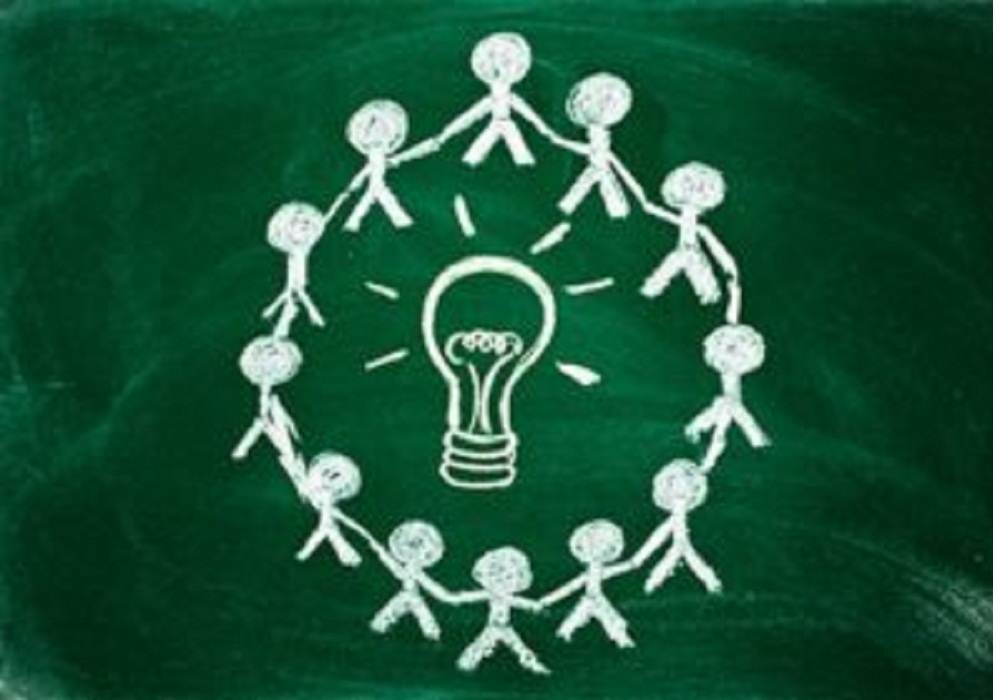Earlier this week, I gave a talk in Dubai about the concept of One Planet Consumption and how built-environment professionals can and are ‘fixing’ the planet. After thirty minutes of listening to me talk about cities taking action, the questions from the audience seemed to all point in one direction: how do we translate this momentum to more sustainable outcomes on the individual projects we are working on today?
Excellent question. Despite trying, I do not think I did the question justice during the event. So, with the benefit of time to reflect, below is my humble advice on taking sustainability action at the ‘micro’ project level.
Get in early – as a member of the project team, one’s ability to influence a project toward more sustainable outcomes decreases exponentially as the project progresses. The decisions which have the biggest impact on a project’s sustainability performance are typically taken at the early (visioning/concept/ schematic) stages of a project. These are decisions on key aspects such as site selection, land use, orientation, phasing, project goals…etc. If your involvement starts in the detailed design or delivery stage, be realistic about the level of change you can influence and focus your action and attention accordingly.
Know your client – every client and project is different. Before proposing, let alone progressing, any sustainability solutions, make sure you have a clear understanding of your client’s drivers and desires. What are they willing to spend on? How long of a return period are they willing to accept? How does their brand (or their project’s brand) relate to sustainability? What is their appetite for risk in new technology and innovation? How interested are they in future-proofing their project? Do they have the remit to benefit the wider city beyond the footprint of their project? How ambitious are they when it comes to sustainability performance? Will business-as-usual do?
The answers to these questions are not always obvious, even to the clients themselves. Often, it takes a sustainability-themed workshop with the client (early on) to tease out, explore, and challenge the answers to these questions. It is an exercise well worth doing as it can provide clarity to the whole team and avoid wasted effort down the line.
Focus on the priorities – when it comes to a topic as broad as ‘sustainability,’ it is easy to get lost or side-tracked. This is why setting project-specific sustainability objectives, informed by client drivers and the sustainability hierarchies, is vitally important. The objectives need to be informed by a materiality discussion that highlights the most significant opportunities, challenges, and impacts facing the project.
Of course, the objectives must be agreed upon by the client and project team. Otherwise, they will be ignored when the time comes to make difficult decisions. An independent sustainability professional (i.e., someone who maintains an overarching remit) can help keep the project team focused on meeting the agreed objectives and prevent the project from chasing unrealistic solutions.

Look on the bright side – The industry definitely has real challenges in the Middle East when it comes to implementing sustainability: from low (or non-existent) utility tariffs to the short-term interests of many developers. Nevertheless, it is a region that is quickly catching up and one where everyone wants to be a market leader in some form.
I have had the pleasure and satisfaction of working on a number of projects where, by following the above steps and integrating with the wider team, I have been able to influence the project direction toward a more sustainable outcome. In some instances, it has been subtle yet important wins (e.g., improving comfort for pedestrians or reducing the need for irrigation), and in others, more headline ones (e.g., integrating innovative energy and waste technology). There have of course, been situations where I have not been able to influence key decisions, and I have learnt from those when and how to present sustainability ideas.
Personally, I am most satisfied when my work is able forever to change the perspective of even one individual on sustainability.


I experienced great satisfaction on reading this Huda. Congratulations on your blog and for these thoughtful answers to the questions put to you.
Your recommendation to take advantage of the early stages of a project, when planners and designers can have greatest impact, is spot on.
Keep up the great work.
I’m delighted that you enjoyed it, David. Thank you very much for your feedback and support!
Huda great read .. Keep it coming —